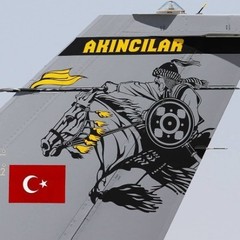-
Posts
11799 -
Joined
-
Last visited
-
Days Won
59
-
Wags, it looks like I may be late, but I was a US Navy air traffic controller for 20 years and retired a year go. My duty stations include FACSFAC San Diego (Beaver Control), Diego Garcia, Naval Air Station Lemoore, CA, FACSFAC Jacksonville (Sealord), USS Iwo Jima, and NAS Whiting Field (tower chief at Choctaw NOLF). So I've worked as a controller at en route, terminal, and approach facilities. I'm also an active flight instructor with 3,000 hours in general aviation aircraft and am ATC-CTP complete with all ATP requirements complete save the check ride.









.thumb.jpg.4e1364f5c147f885cbea69ae1aa3e149.jpg)


